A very versatile stitch to add to your repertoire, raised stitches are based on the standard crochet stitches, the only difference is where the stitch is worked. Raised stitches are worked around the stitch below rather than into the top of the stitch. This has the effect of lifting both stitches to add texture.

Raised stitches are often worked in columns and, as they are easy to spot as you work, can be used to divide different sections up (which removes the need for too much counting - always a win!) as in Humphrey shown above and Trailing Wake
The raised treble front is the reverse of the raised treble back so, if you are working in rows, you will use a raised treble front on the right side of the work and a raised treble back on the wrong side or vice verse to create a column.

Sometimes they are used in rows (normally on the wrong side of the work) to force the tops of the stitches below over to form a strong horizontal line, as in our popular Contour Shawl pattern (above)

The raised trebles can be used to form a faux rib by alternating front and back post stitches. It doesn't quite have the stretch and elasticity of a knitted rib but it adds enough weight to stop the crochet curling so makes a good edging for sweaters. A basket weave effect can be made by alternating blocks of front and back raised stitches. This is the edging we used for Callander from (above).
The raised treble front is also used to make crochet cables. By altering the order of the stitches a cabled effect can be made quite easily.
Crochet really is a craft divided by two languages and never more so when it comes to raised stitches, the terminology is completely different. In the UK standard crochet terminology the stitches (taking the treble variant as an example) are known as Raised Treble Front, abbreviated to RtrF and Raised Treble Back, abbreviated to RtrB. On the other side of the pond, in US terminology, they are known as post stitches (because the stitch is worked around the post of the stitch below) and they are known as Front Post Double Crochet, abbreviated to FPDC, and Back Post Double Crochet, abbreviated to BPDC.
But without further ado, lets get you making them. We are using the raised treble stitch for the tutorial. If you want to do a raised double crochet stitch (US single) then simply use the hook placement as a guide and otherwise make a double crochet as you normally would (eg, no yarn over before you insert the hook, draw up a loop around the stitch, yarn over and draw through both loops on the hook)
HOW TO
RAISED TREBLE FRONT

STEP ONE:
Yarn over

STEP TWO:
Insert the hook from front to back then back to front around the stitch.

STEP THREE:
Yarn over and draw up a loop.

STEP FOUR:
Yarn over and draw through two loops, yarn over and draw through last two loops.
RAISED TREBLE BACK:

STEP ONE:
Yarn over

STEP TWO:
Insert the hook on the far side of the stitch from back to front

STEP THREE:
Push hook front to back again around the stitch.

STEP FOUR:
Yarn over and draw up a loop.

STEP FIVE:
Yarn over and draw through two loops, yarn over and draw through last two loops.
The most important thing for getting it right, particularly in rows or rounds that combine raised stitches and is to make sure that you don't also work into the top of the stitch when you've worked around the post. Unless you are told to of course! I quite often use it as a neat way to increase in a pattern.
If I've inspired you to try raised stitches in your work then here are a few of our patterns that use them:
This article was originally written (in substantially different format) and photographed by Joanne for Love Crochet Magazine and is republished with permission.


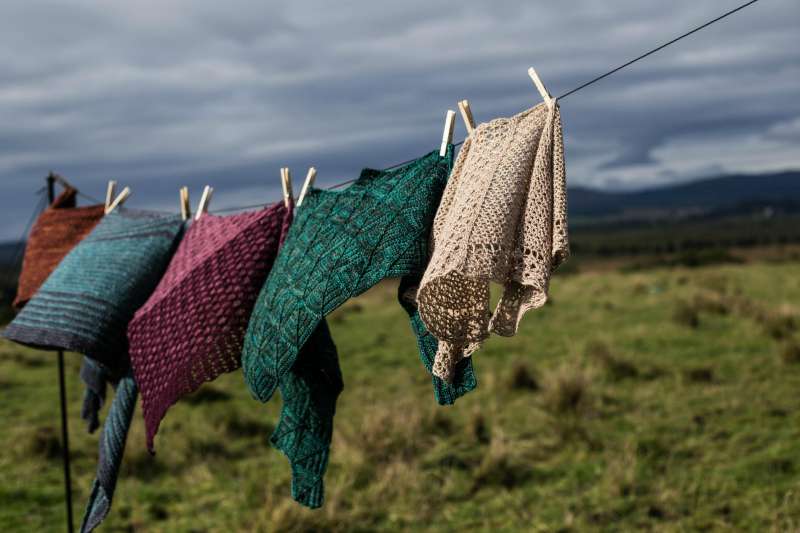
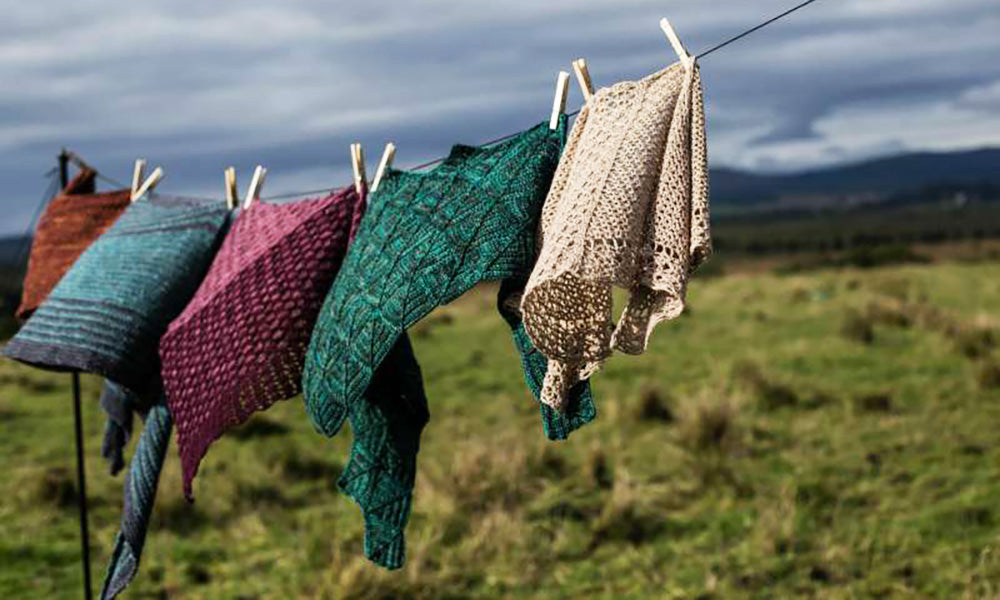
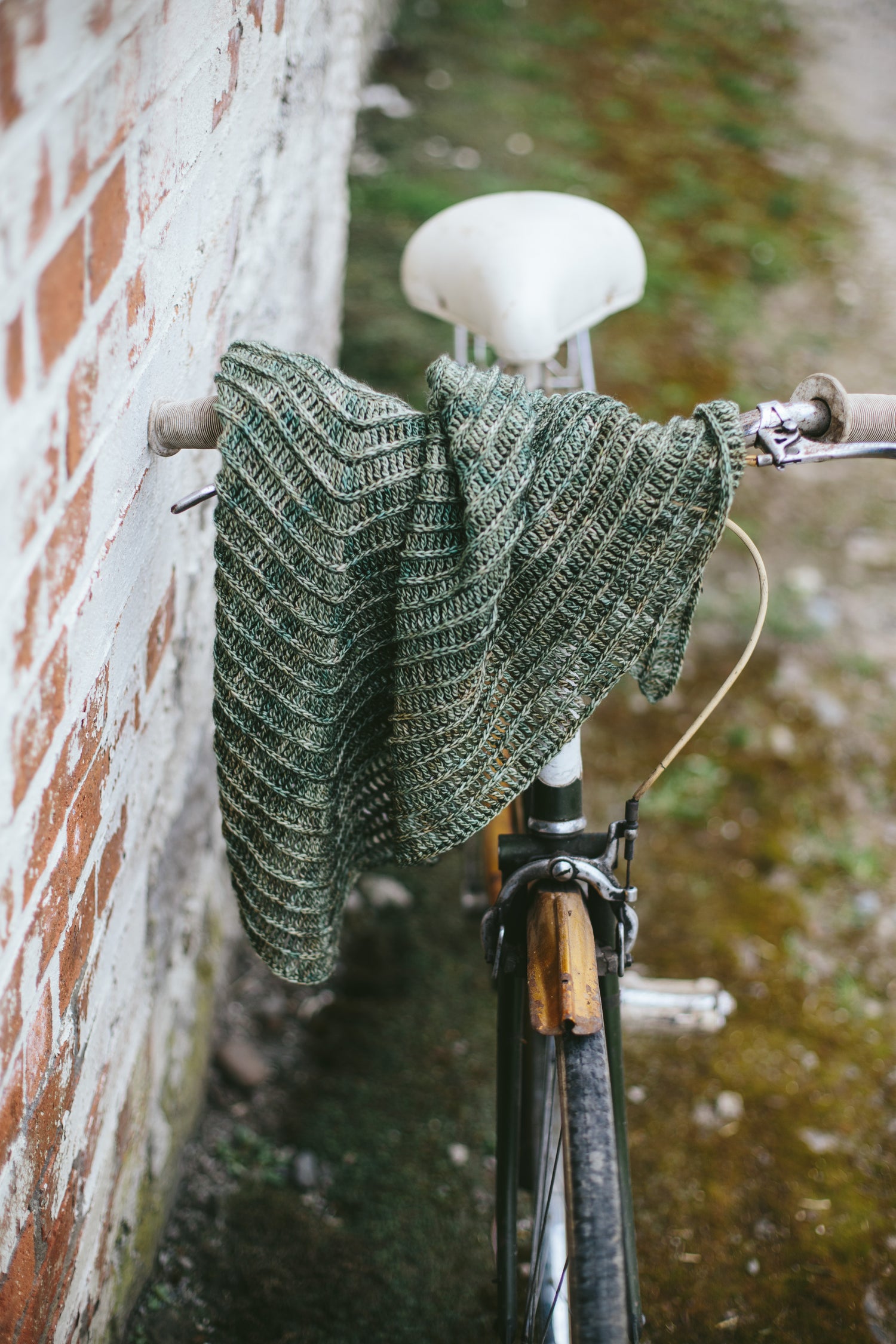
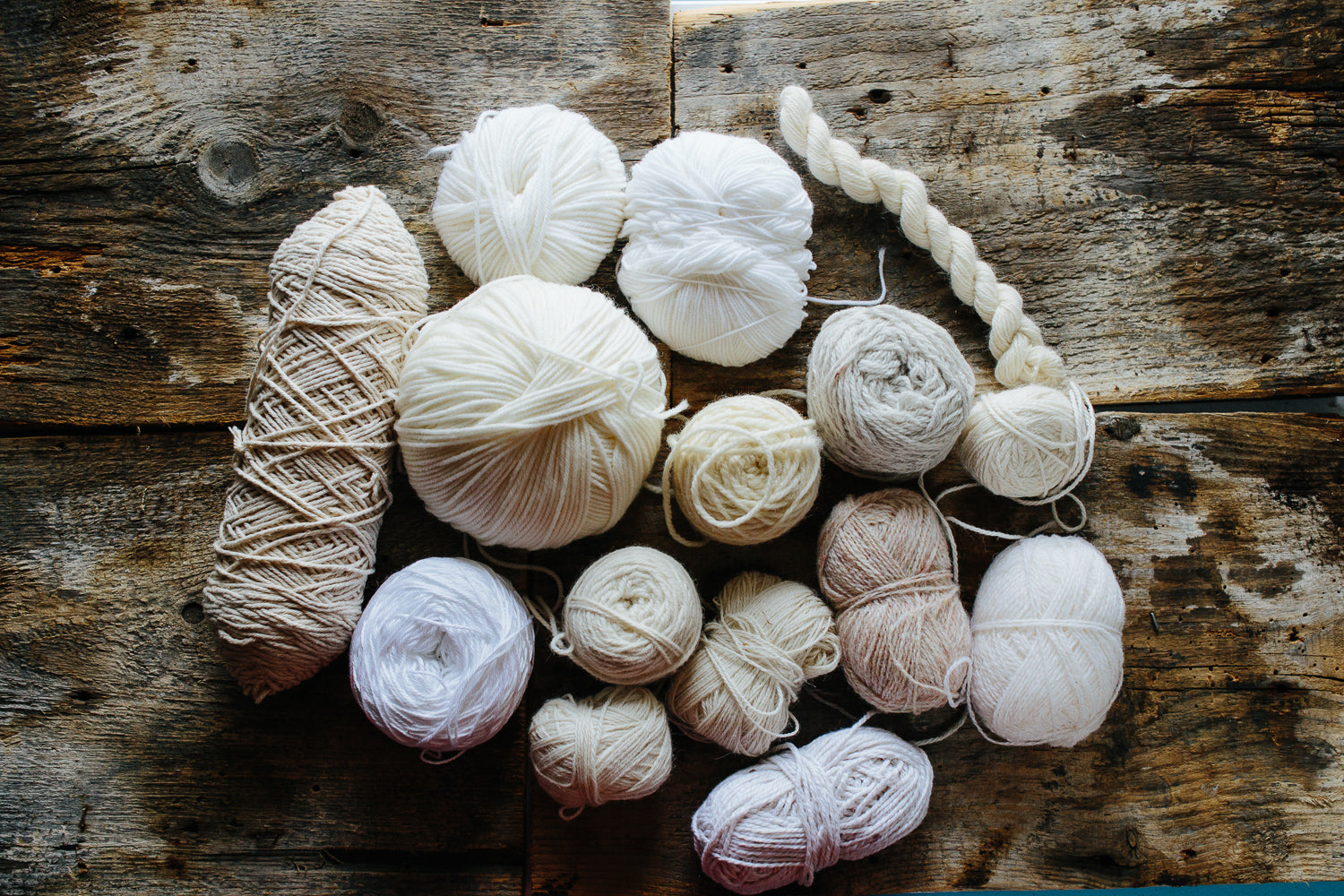
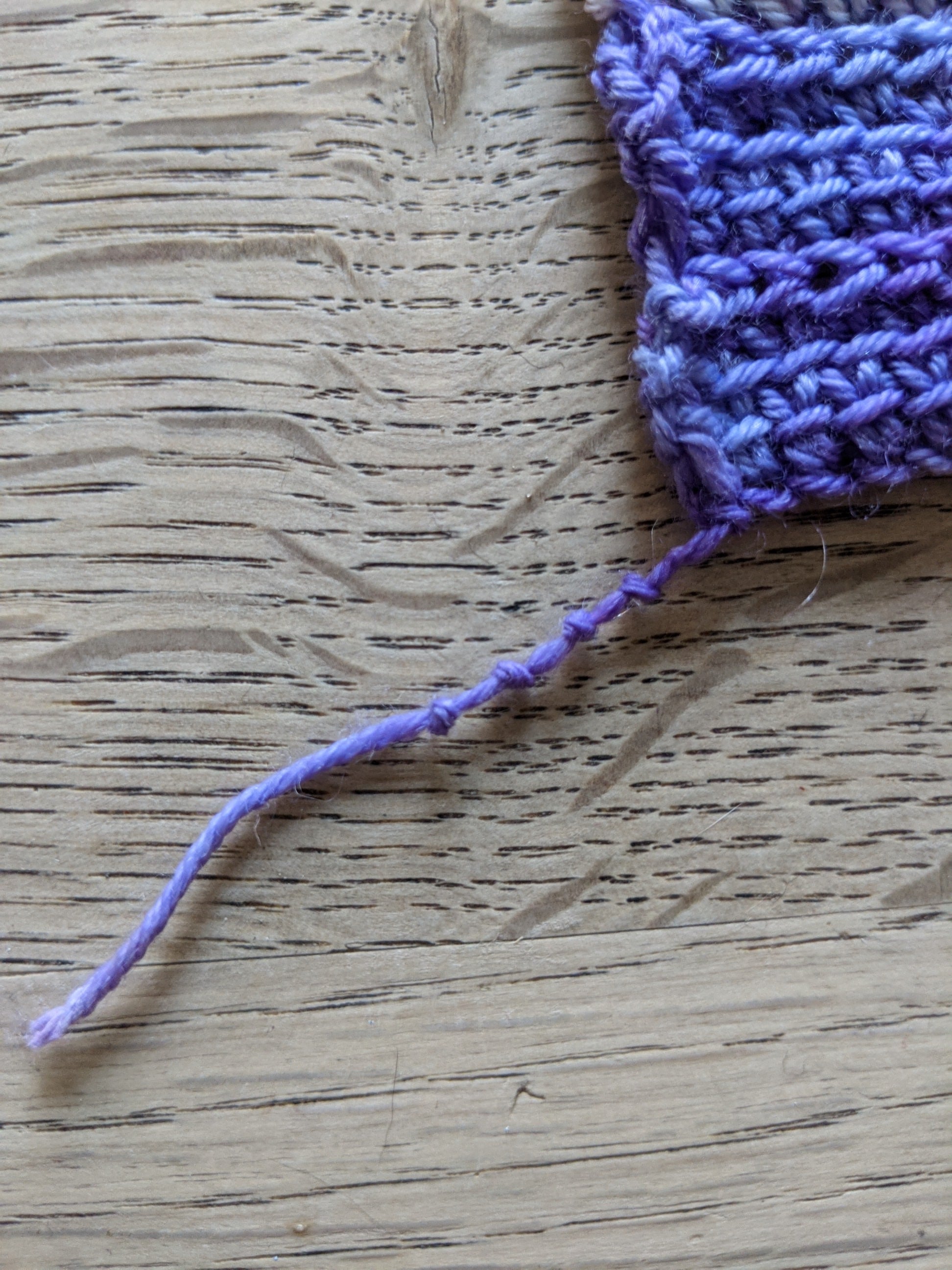
Leave a comment
All comments are moderated before being published.
This site is protected by reCAPTCHA and the Google Privacy Policy and Terms of Service apply.